Through the bias of circus creative censorship
When an artist starts to create a performance, they are also aware that there is a market where they will be programmed. This influences artistic choices and could be associated with creative censorship, an interior voice that suffocates inspiration, blocking the process of personal creativity. Its circulation in artistic management and policy activities is a professional set-up that develops unconsciously, contributing to shaping the aesthetics of shows that often tend to entertain instead of reflect. When research formats are developed and combined with production ones, they often free creativity and the pressure of fitting into categories becomes less relevant. How can we better support artistic desires instead of sacrificing them? Is it possible to play with censorship mechanisms to get rid of them? In this article, Johnny Torres explores, from his experience and point of view, when limitations become an obstacle to creativity and how we can play with them.
The Circus sector in Spain is niche, and its minority status is a challenge for the artists. If we examine the latest Catalan figures from the CoNCA 2022 report, Circus is 85% below the presence of Theatre. This data offers a first reflection for the artists in this context, who sometimes are inclined to search for legitimacy in the entertainment market. Often, circus performances are only perceived as necessary if they attract a broader audience. The need to appeal to an audience is of course natural, but it often disguises the fear of being misunderstood. This presents a risk of compromising creative diversity. The desire to be recognised influences communication and aesthetics and sometimes has a normative effect. Shows are not only products for the market and their significance cannot be calculated on convenience. In the article The Time Complex Post Contemporary, the philosophers Armen Avanessian and Suhail Malik suggest a modelling of a preemptive presence.
Changing attitude requires patience and the nourishment of an expanding networking system, through implementing international exchanges. Resources must contribute to the circulation of artistic practices to ensure that the transmission of these relevant new codes is maintained.
We are aware of living in a context where the emphasis lies on performances, not on sharing practice or knowledge. Even nowadays, on the radio, television or through social media, the word Circus could be associated with content that must be understandable and direct. However, we are all conscious that creating unique forms of circus art requires dedication and time. By reflecting this ongoing paradigm, the Spanish circus sector still centres around a mutual orientation: to achieve recognition and gain greater representation. Its reasonable goal is achieving legitimacy from the national institutions and benefiting support programs. To enlarge and foster the presence of shows throughout the country is still the most important desire for professionals, followed by formation, the social dimension, and training and creation facilities.
There’s still a demand for circus to be recognised. How can we hold space for this whilst also giving space to nourishing practice? A valuable possibility remains the creation of paid research formats, to release the chains of productivity. Changing attitude requires patience and the nourishment of an expanding networking system, through implementing international exchanges. Resources must contribute to the circulation of artistic practices to ensure that the transmission of these relevant new codes is maintained.
The comfort zone of circus show formats can be questioned or provoked by research formats that open new possible dimensions of playfulness. Besides the structured productions, there must be space for experimentation; safe places that allow artists to play with roles. I believe that shows cannot be the only tool for measuring and comparing aesthetic changes in the sector. Processes and practices can shake the current state of the arts and generate valuable reflections. As Artistic Director of La Central del Circ between 2015-2020, one of my main tasks was shifting the emphasis in training towards valuing rigorous practice, collaborating with Mercat de les Flors through a bi-annual remunerated workshop with artists. These actions aimed to activate the critical analysis of the production methods and the content of the works but also to shake the paradigm of the market model through experiences with centres of knowledge or arts.

A research project on self-imposed prohibitions, that entailed from the most banal to the most radical, for example, not breathing or not being visible on stage, was initiated by the relationship with the CCCB around the ‘prohibiting’ notion, which immediately turned to explore censorship, Censura. Through this format, the initiators and participants worked together on the theme of creative censorship from varied points of view. The initiators of this workshop were Jean-Michel Guy, Roberto Magro and I. We were interested in knowing more about the artists' ways of creating, and since the beginning, the interest in methodologies over circus techniques was intentional. Through interviews about their practices, we selected together through an open call twelve artists. Each of them worked individually but was also connected to a group. Through the research workshop, three groups of four people each had to explore three layers of censorship. One was personal, more connected to their private inhibitions towards themselves. The second level was to forbid doing something to another artist in the group. The third was to block the intentions of the whole team to make something happen. Everybody was invited to shape a list of their private prohibitions and transform them into a common protocol. Censorship is also culturally based, and since the participants were from different nationalities, they generated different levels of misunderstanding.
Our proposal as agitators was not to highlight the existing tendencies and extract the adherent inertias, but rather question: does censorship threaten creativity? Let's turn the perspective upside down and ban as many things as possible. We will see the anger and imagination that derives from it to find freedom. In addition to the strict prohibitions drawn up by the artists, the dramaturgical practice involved other collateral moral challenges. In an art centre with little or no contact with the circus sector, we dismantled the production rules of a performance construction in a two-week workshop. The participants started to observe their perceptions through the self-censorship lens. Our role shifted from creators to censors, as we had to make the final cut presentation. We saw clearly how the pressure of the audience and the external pressure of normative society changed the artistic proposals.
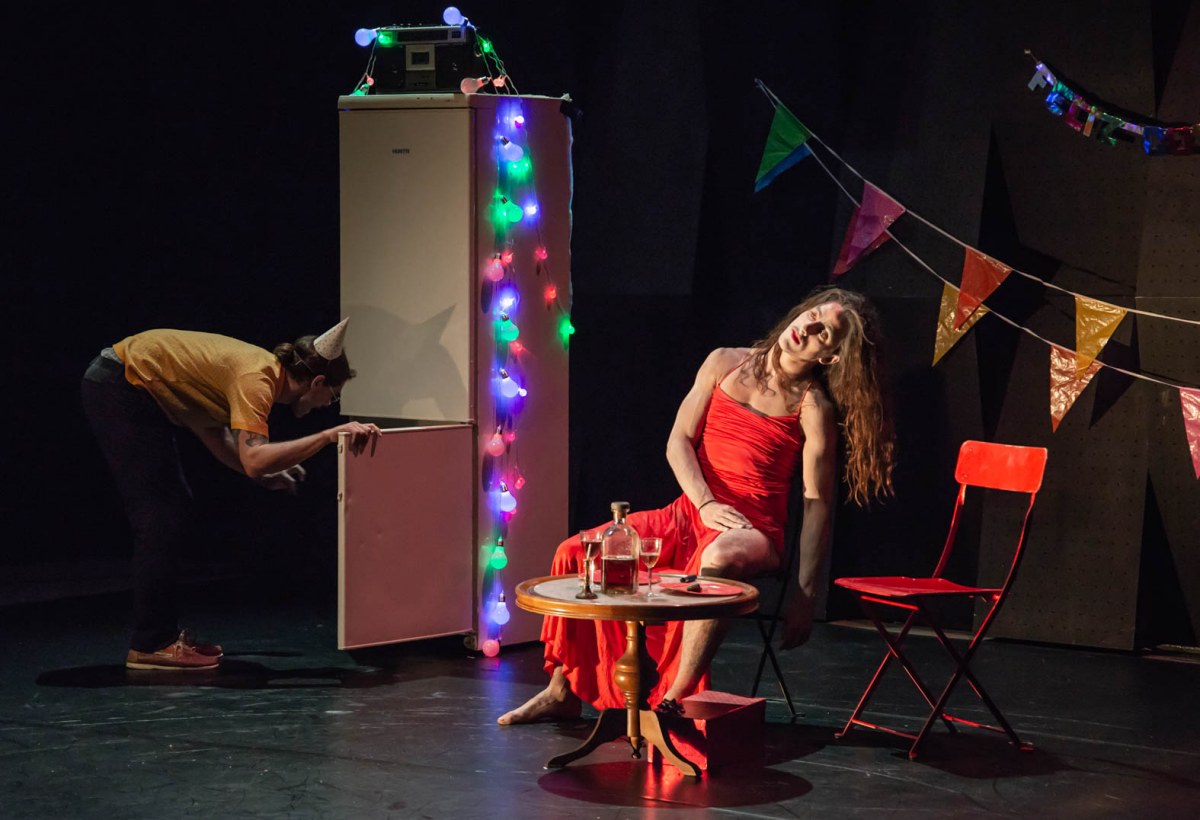
Redesigning the parameters, and developing a wide space for debate between professionals, amateurs or those interested in participating in extended practices, proposes a broader project.
This exploration highlighted issues in the sector. The mediation between artists, institutions and agents must overcome the aspect of economic relations. To protect and share processes is being able to create conversations between common concerns beyond production. It helps to exchange knowledge, but above all feelings, in a cultural framework that naturally aspires to dissolve the class and generational order. Redesigning the parameters, and developing a wide space for debate between professionals, amateurs or those interested in participating in extended practices, proposes a broader project. One where challenging the established mechanism of art as a form of "work", aims to rethink our artistic practice, whether performing or disseminating. When the limitations that are part of our cultural identity enter the conversation, it is not an act of confrontation or a defeatist attitude. It is a dialogue that defines the dimension of the potentialities. They represent a time and way of doing things that aspire to produce other possibilities and transform the creative field by producing more adjusted professional narratives.
To diversify this autotune, a new transfer towards otherness seems inevitable. The urgency for other practices and reflections - often in shared experiences within European projects and evaluation studies, such as Horizontes de Circo by Travesía - act like a low-intensity current through the Spanish circus sector. In Spain, the few sustained experiences where Circus is involved in other areas, such as education - as in the case of En Residencia - serve as a long-time example, going far beyond giving classes or building a show. Considering local aspects must be essential for developing extended activities and implementing other ways of valorising knowledge and experience.
The appearance of new codes in a language cannot occur through a restricted market but through a better definition and protection of artistic research, and the freedom to mix and choose forms. When it comes to improving what is common among us, within a system that surely creates confusion, going beyond what we are individually is essential. We must find tuning methods and explore communication through laboratories and exchanges. Correlations are needed to expand the notions of the genre. External stimuli must be encouraged, as interdisciplinary resonances can provide reflection for the sector.
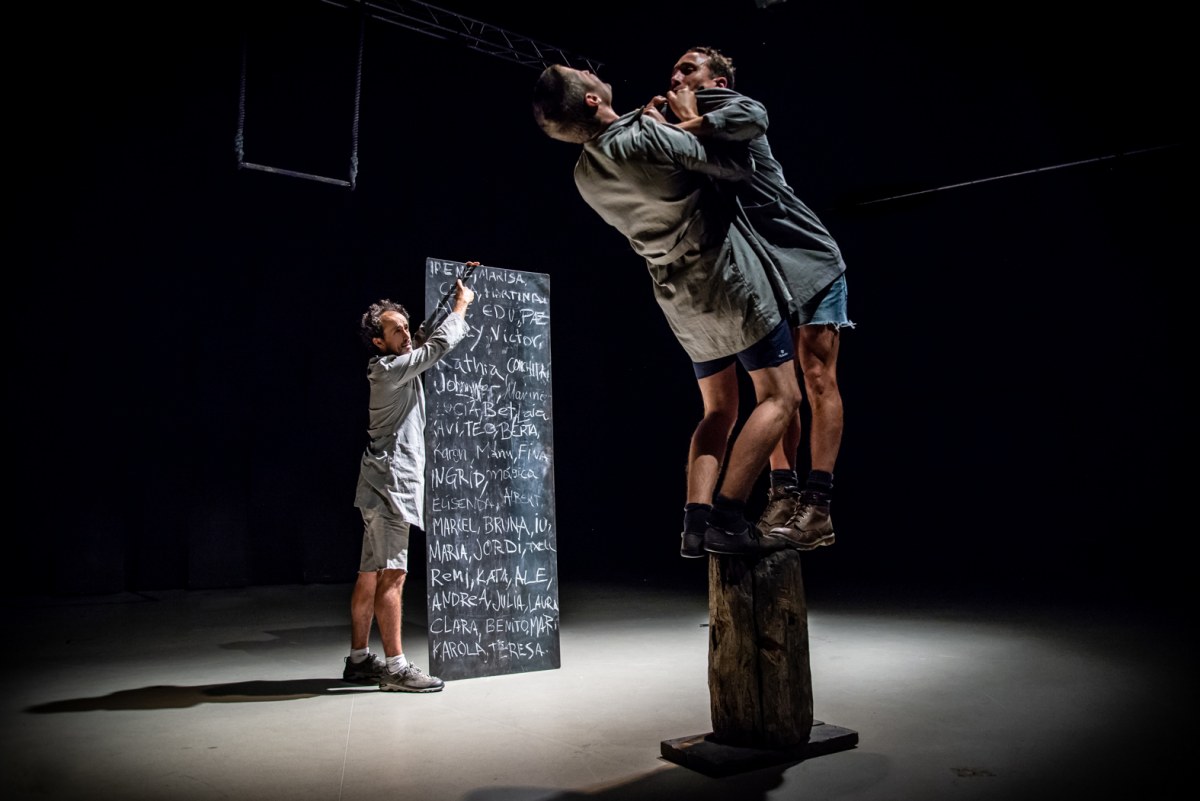

Johnny Torres is a Catalan circus artist, playwright and circus trainer. Co-founder of Los Galindos, he has worked among many others with Circus Ronaldo and Circ Teatre Modern and also collaborated in directing festivals, training manuals and circus reports. Artistic director of La Central del Circ from 2015 to 2020, accompanies artistic research for young and not-so-young artists and workshops in professional circus schools. He is also part of the CircusNext Artistic jury. His work focuses specifically on finding increased work practices and other ways of restitution from Circus.
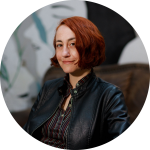
Valentina Barone is a freelance cultural manager and editor specialising in the contemporary circus and live performance sector. Since 2021, she has been Director of International Relations at the CircusDanceFestival in Cologne (Germany). She holds a BA in Performing Arts Techniques and a Master's degree in Relationship Design. She works with the international network Circostrada (France) and is an active member of the Cirkus Syd' Circus Thinkers Platform (Sweden). Valentina is the coordinator of the international digital platform Around About Circus.



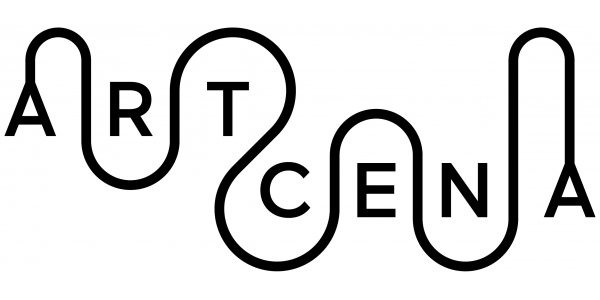

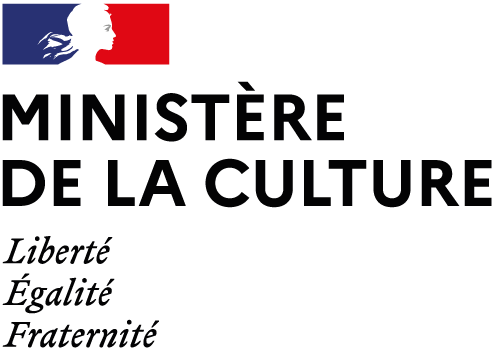
write us: infocircostrada@artcena.fr